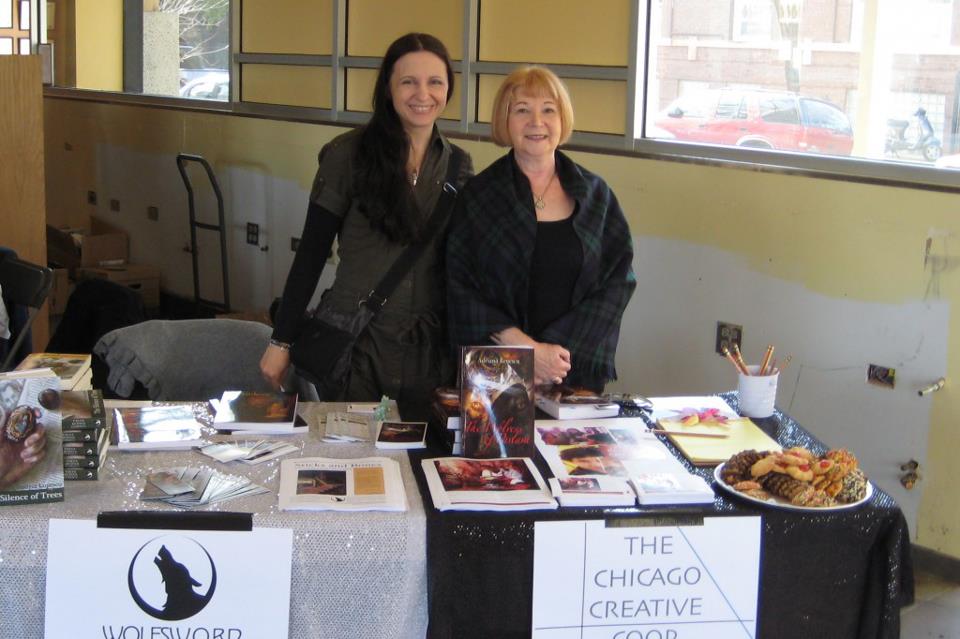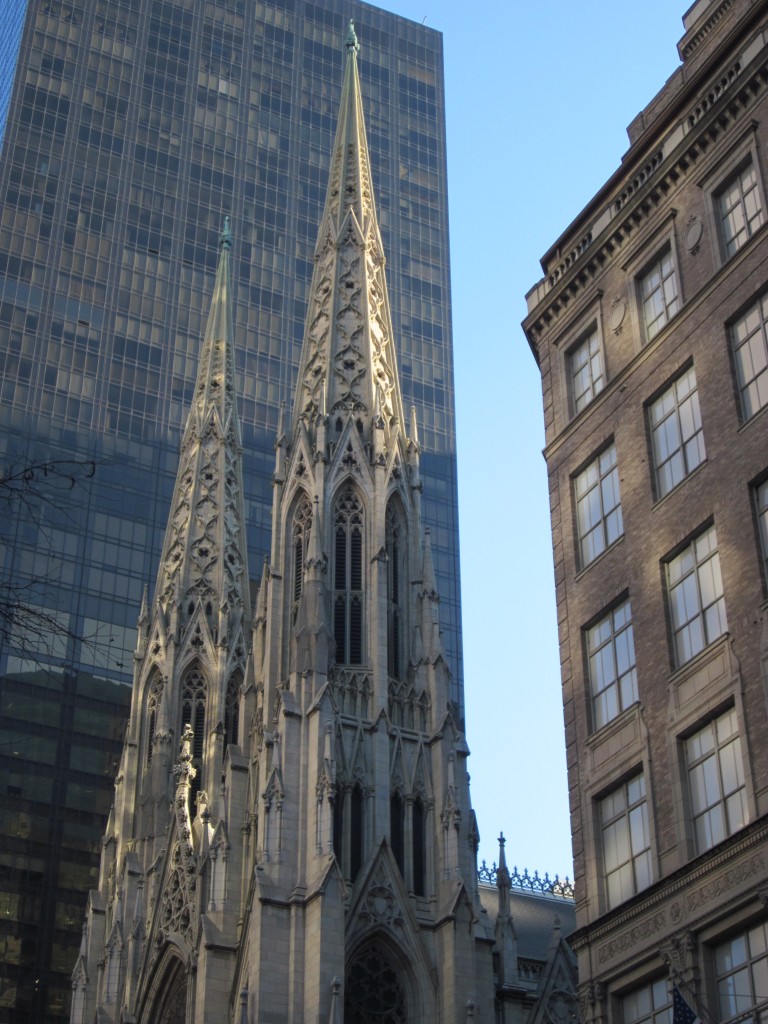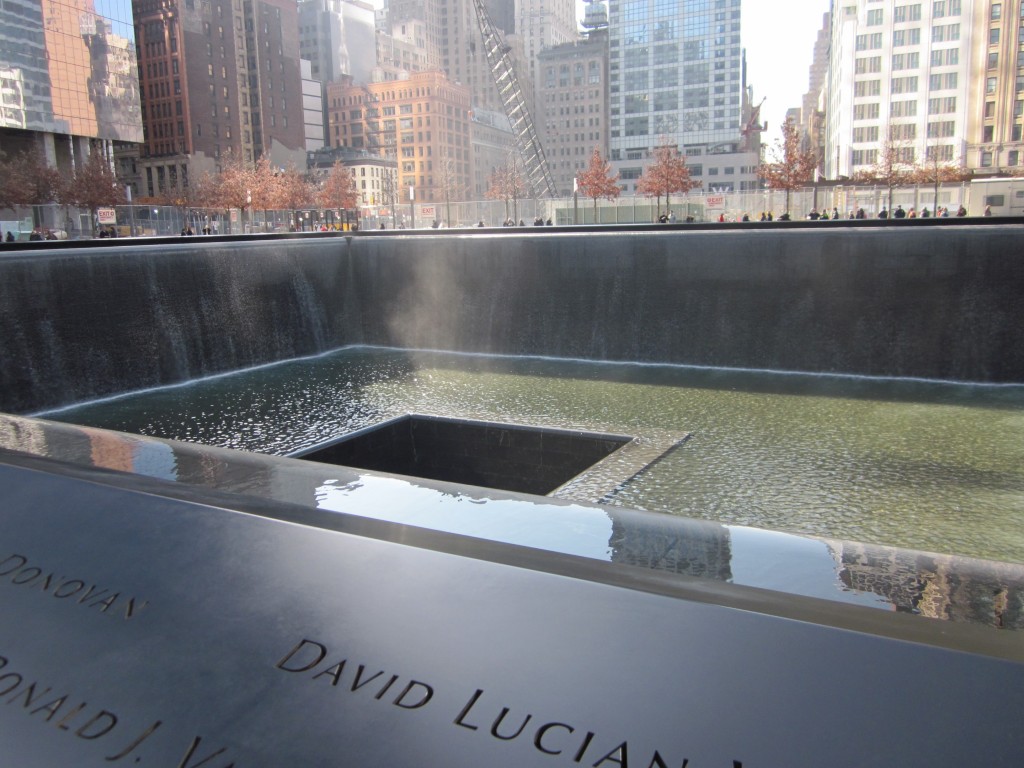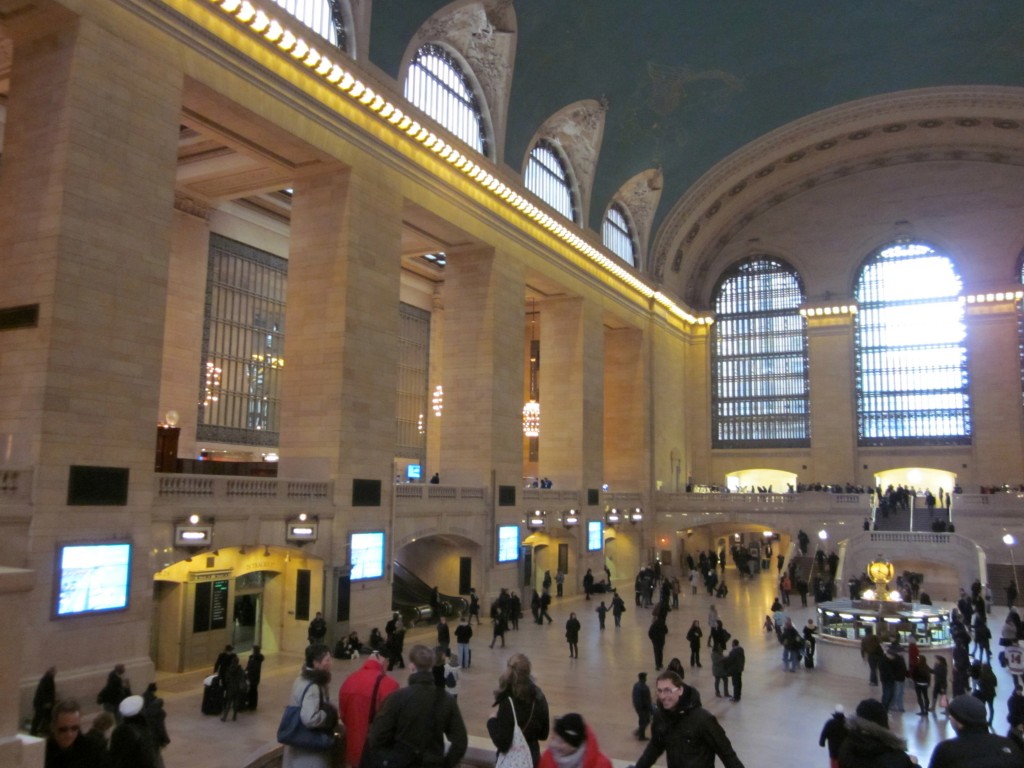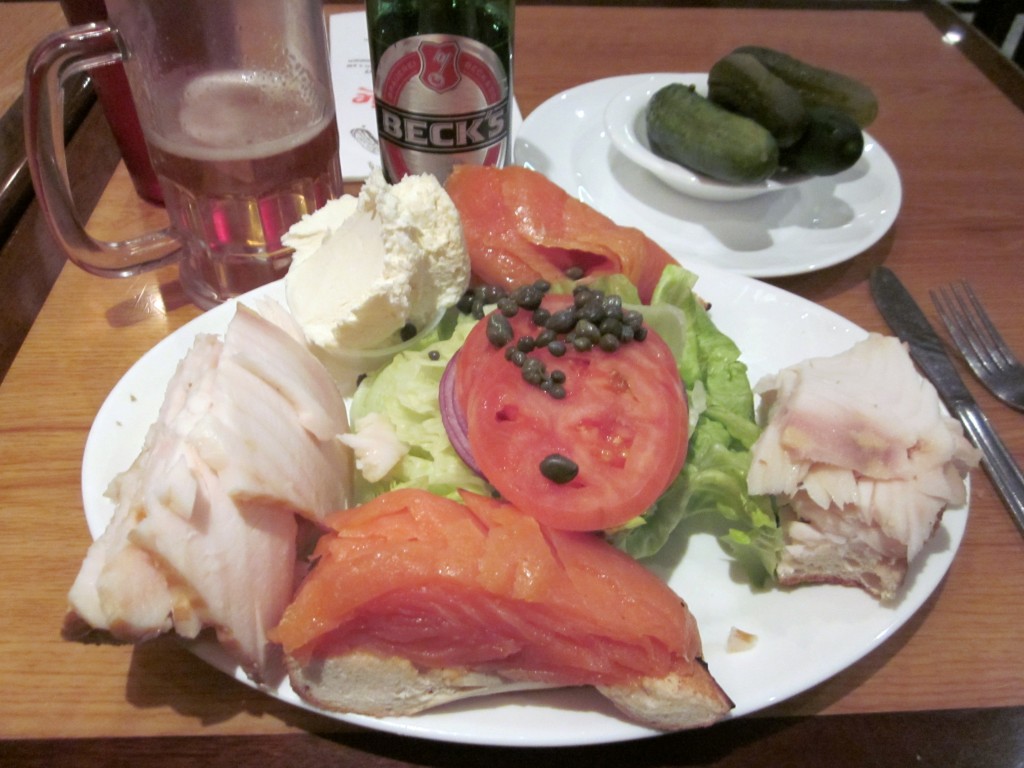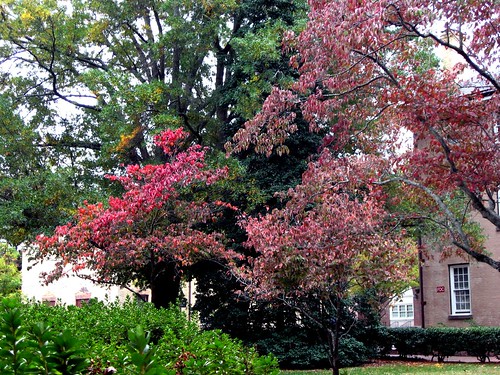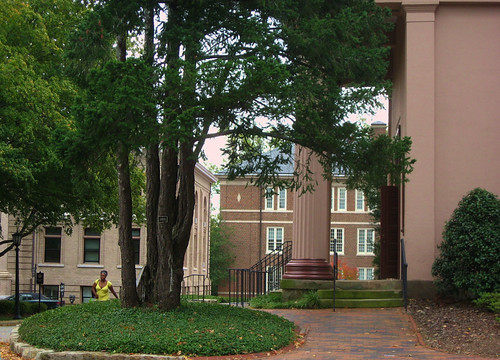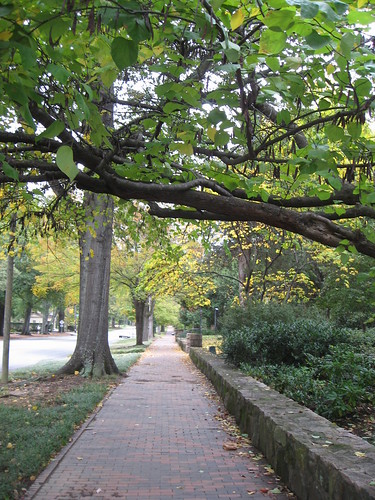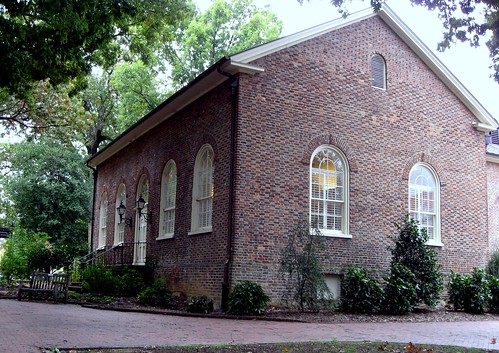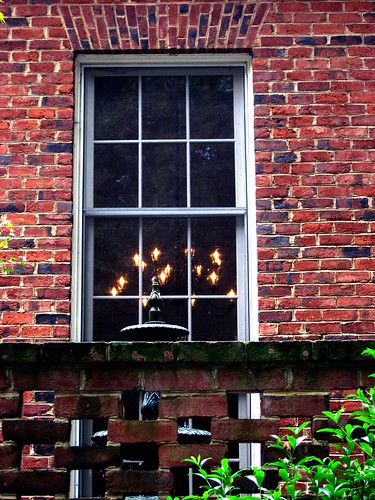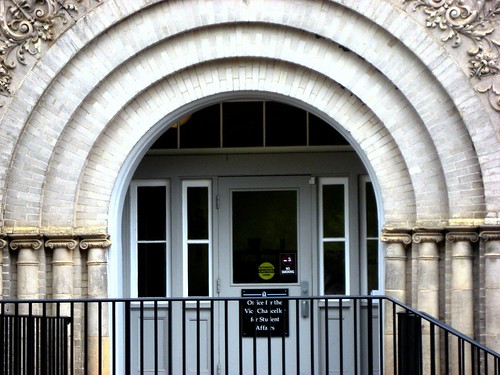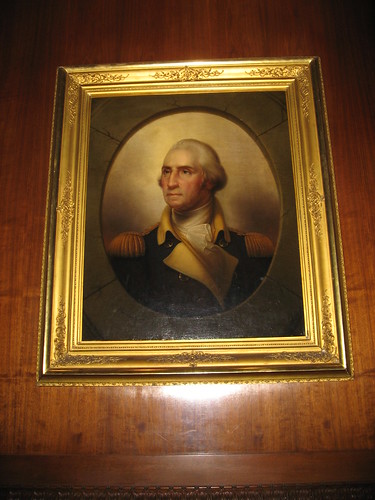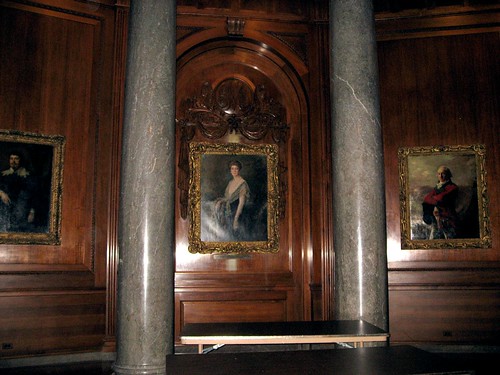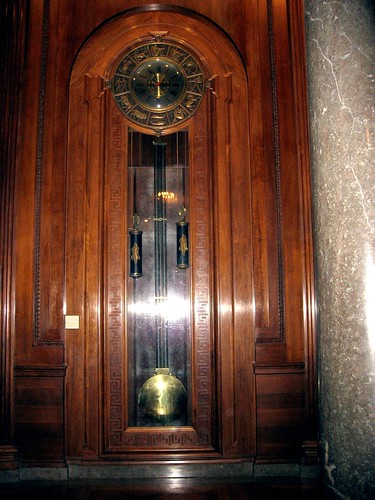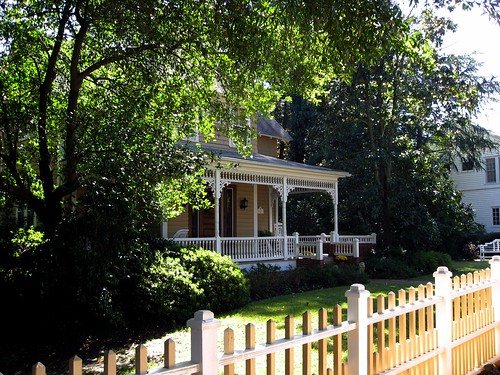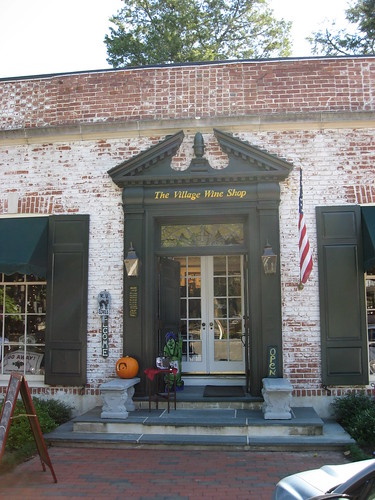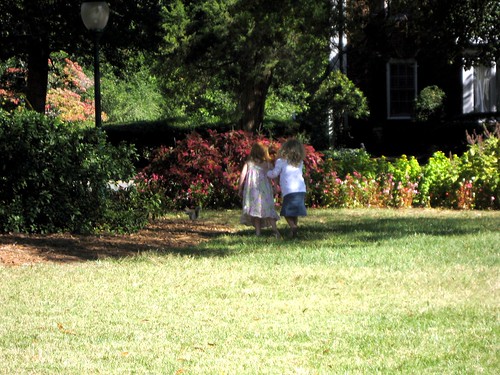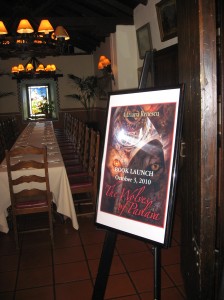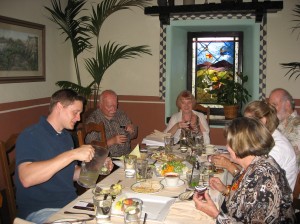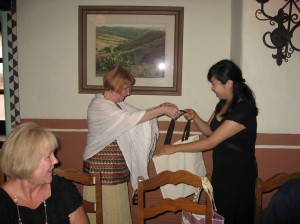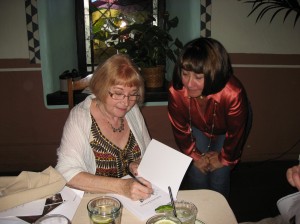I’ve always been very particular about the locales I use in my novels. Places, both familiar and exotic, inspire me and they are the spark that light the fire of my stories. As I create my characters, I surround them with their world. They see, feel, taste and smell their surroundings. Because of this integration of my characters with their world, I use in my novels places I have seen and known well. The places I visited and affected me inspired the stories of the novels. Often, I start the story with a description of the place, like Rome and a winter forest in Romania in The Wolves of Pavlava, or a street in Buenos Aires and rainwater flowing down the sidewalk in San Francisco’s Chinatown in The Death of Rafael. Because of the way I spin a story, I always make sure that I understand and have a ‘feel’ for the places the protagonists inhabit.
I’ve been fortunate to have ‘boots on the ground’ in all the locales in my new novel The Death of Rafael, either having lived there or visited for an extended length of time. Except for one—Berlin. However, I have read and researched, and looked at many photos of the city, and believed that I had sufficient information. Being so familiar with the history of the period in my novel, I felt I understood the place. But, that instinct of the writer kept niggling at me that, while generally correct, there was something artificial and shallow, almost contrived, in the way my protagonists were moving through Berlin. Somehow, that lack of direct contact with the city and ‘feel’ for Berlin were flattening the action. However, the little voice in my head was silent or ignored when in July I wrapped up the final edit and I was seeing the ‘light at the end of the tunnel’ with the novel. As it is often the case when something meant to happen flies in your face, I was casting about a place to spend Christmas and shooting the breeze about it with my friend Lois Jeffrey, when she said to me, more as a barely audible aside, “Not a Christmas place, but Berlin is the place to go.” A light bulb lit in my head, and what had been silently gnawing at my writer’s subconscious, and conscience, now screamed: “You need to go to Berlin! You have no idea what you’re writing in your Berlin scenes!” Besides, I always wanted to see Berlin, one of those ‘I should do or must do” on some unwritten bucket list.
When I boarded the plane to Frankfurt, I did not imagine how correct my instincts had been. When my plane circled over Berlin before landing, I felt an anticipatory thrill I rarely experience. When the taxi stopped in front of the Adlon Hotel, which features prominently in my Berlin chapters, the first place in my book that I saw real-life in Berlin, it was an OMG moment. Although I knew that the Adlon was on Unter den Linden, and although I knew that it was in Pariser Platz, the image I had formed in the eye of my mind as I was describing Colonel Egon von Klaussen coming out of the hotel (or going in for that matter) was all wrong. Looking at photos, looking at maps and even videos on YouTube provided none of the impact of the scene in front of me. Now, simply looking over my shoulder as I got out of the car, the jumbled image of my mind was replaced by the sharp, great expanse of Pariser Platz and of Unter den Linden and then the majestic, strangely grim presence of the Branderburg Gate. It all opened in front of me, in one blink of the eye. This is what I saw, from the hotel:
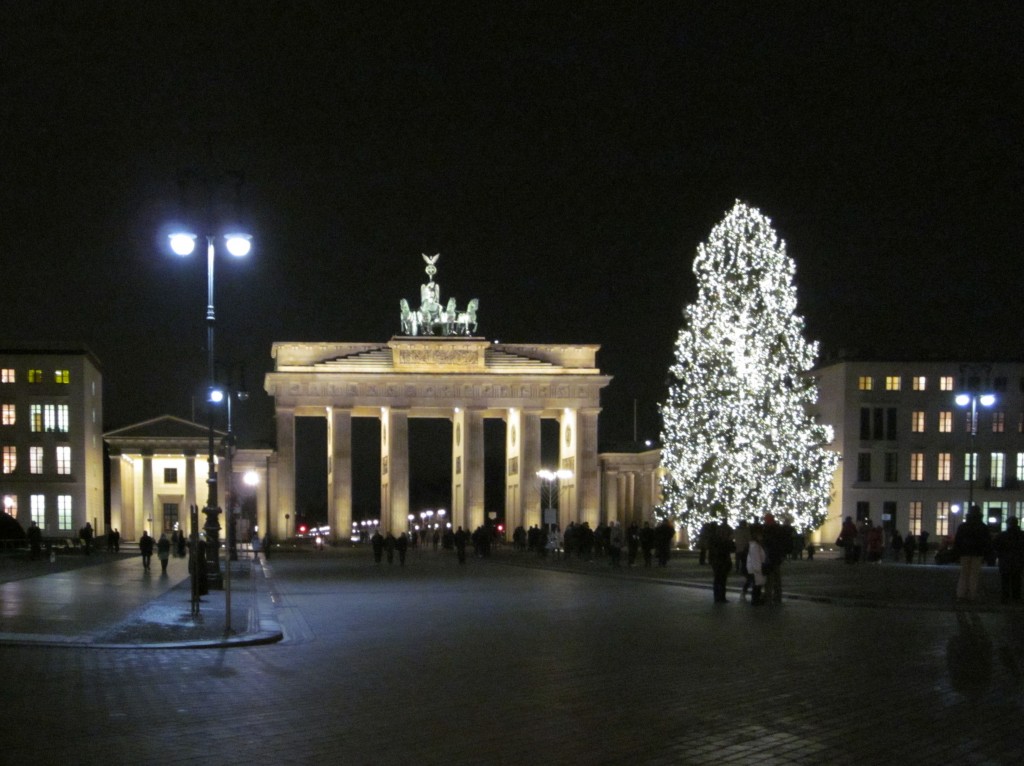
Next day, Ms. Sabina Held, the Adlon Hotel public relation manager, met with me in the lobby and spent time giving me a history of the hotel and answering questions about the Adlon during the war, especially 1944, how much of it was left standing (all of it), how much of it was destroyed after the war, when the Berlin wall was erected (all of it.) The hotel was completely rebuilt and reopened in 1997. Ms. Held showed me those architectural features characteristic of the old Adlon, which were incorporated in the new design, such as the arched, coffered ceiling, the covered Winter Garden (still full of plants as in the old photos, where I placed my protagonist’s meeting with the Argentinean military attaché in 1944) and confirmed that the Adlon was indeed like a piece of Switzerland in Berlin where diplomats and interlopers could meet in relative safety. She gave me a beautiful book with historical photos of the Adlon that provided even more details. (I have to express here my thanks for her hospitality and the knowledgeable assistance of the Adlon concierge staff.)
The photo below shows the Adlon behind the Branderburg gate, on the right (with the green roof). In the period of my novel, it would have sported great banners down its facade.
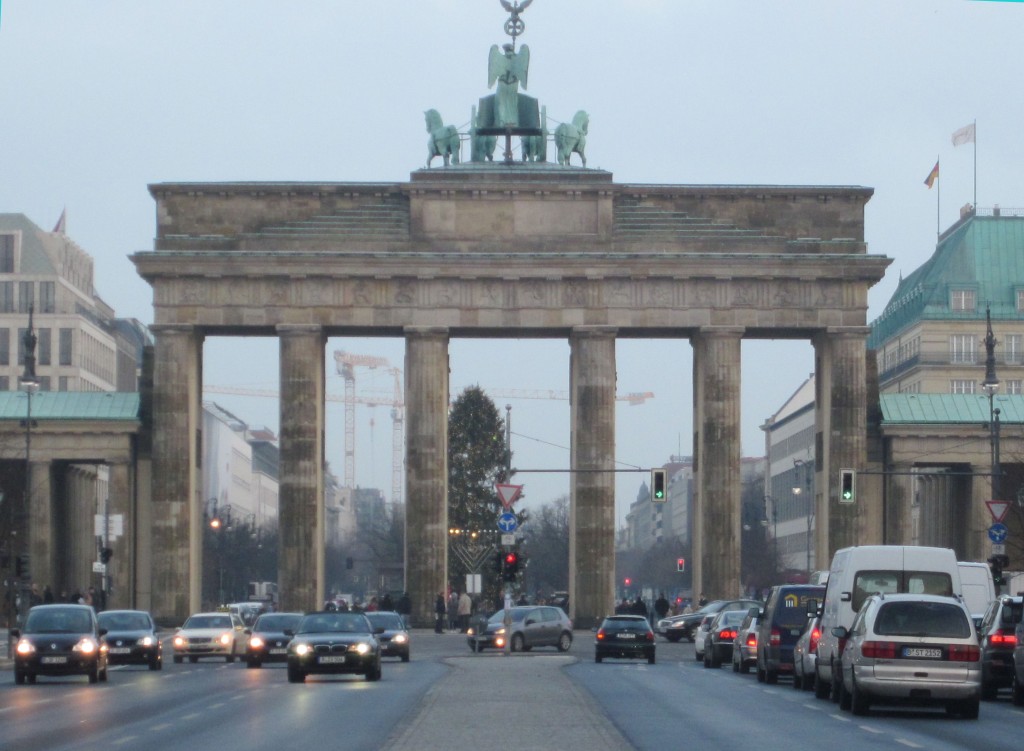
The next place I visited on the third day in Berlin—that demonstrated eloquently and forcefully the importance of knowing your locale and scene with all your senses, with physical presence—was the Bendlerstrasse building of the Army Reserve during World War II, where the conspirators in the July 1944 plot to kill Hitler had gathered and where some of them were executed on the night of July 21, 1944 after the coup failed. The photos I saw and the accounts I read, one item in particular, resulted in one scene that was completely wrong.
It was early in the morning as I walked along Tiergartenstrasse, towards the embassy zone of Berlin. It was cold, a bit drizzly and gray. The walk along Tiergarten gave me a new image of the great park. (This simple walk also changed a scene in the book. The fact that there are foxes in the garden—thank you Frederique, a friend I made at the Christmas Mass at the Cathedral, for telling me about the foxes in Tiergarten)—proviced a dramatic ending to one of the chapters, one that would have never come to me without having ‘been there.’ But back to Bendlerstrasse…
I found Bendlerstrasse quickly, now called Stauffenbergstrasse, named after Colonel Klaus Count von Stauffenberg, the man who actually put the explosives in Hitler’s conference room and who was executed the night of the failed attempt. The street cut through to the Landwehr Canal, the usual kind of Berlin street—wide, straight (saw the magnificent façade of the Egyptian embassy of red, polished stone, the ancient Egyption motif of lotus flowers etched in a band along it). Gaping and gawking and taking photos, I suddenly stopped in my tracks. In front of me stood the Bendlerstrasse building, the only old building on that street, like a ghost that materialized out of the pages of my novel. Somehow it had not been destroyed in the bombings and it was untouched, the original building still standing.
I walked into the courtyard, and a chill went down my spine. I stood there, motionless for a while, and felt the spirit of those men who had died in that courtyard, surround me. The cobblestones of that interior courtyard, the windows surrounding it, looking down on me as if the men of 1944 were still behind them, and then the portraits and images lined up on the wall.
These are the photos taken by me, compared to the old ones of 1944. There are small differences, but important—there are no trees in 1944. Yes, I had to change that in my novel.
Photos of 1943-44
Interior courtyard
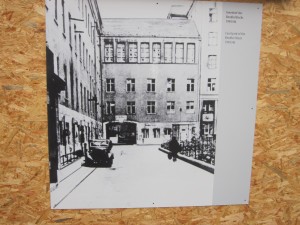
Photo taken by me

Next came another discovery—some of the accounts I read of 1944 had given me the impression that the building was along the Landwehr Canal and that it could be seen from the window. NO! WRONG! The canal is at the end of the block, yes, but it cannot be seen from the windows. Now, my protagonist, von Klaussen, is looking down into the courtyard, not out to the street along the canal. He now sees von Stauffenberg in the courtyard. A much better point of view, as I verified standing at one of the windows inside the building on the second floor.
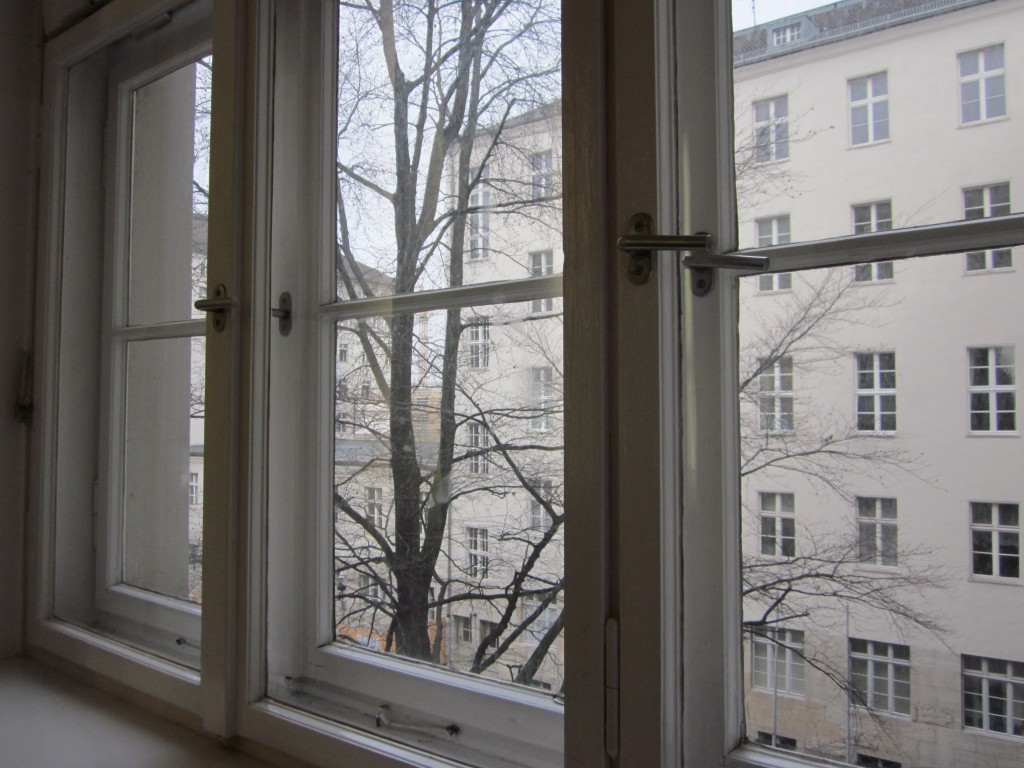
Without going into too many details, next I visited what used to be East Berlin. This time I was guided by someone who knew East Berlin well, Prof. Dr. Frank Decker, professor of political science at the Bonn University. (Incidentally, we had great discussions about the US political system vs. the European system and the… Tea Party. But this is a subject for another day.) The tour of what was East Berlin, turned one important scene that I have in the novel on its head.
This is the street (boulevard) I chose for this particular scene, perfect for the needs of my characters, one I could have never imagined had I not walked on it.
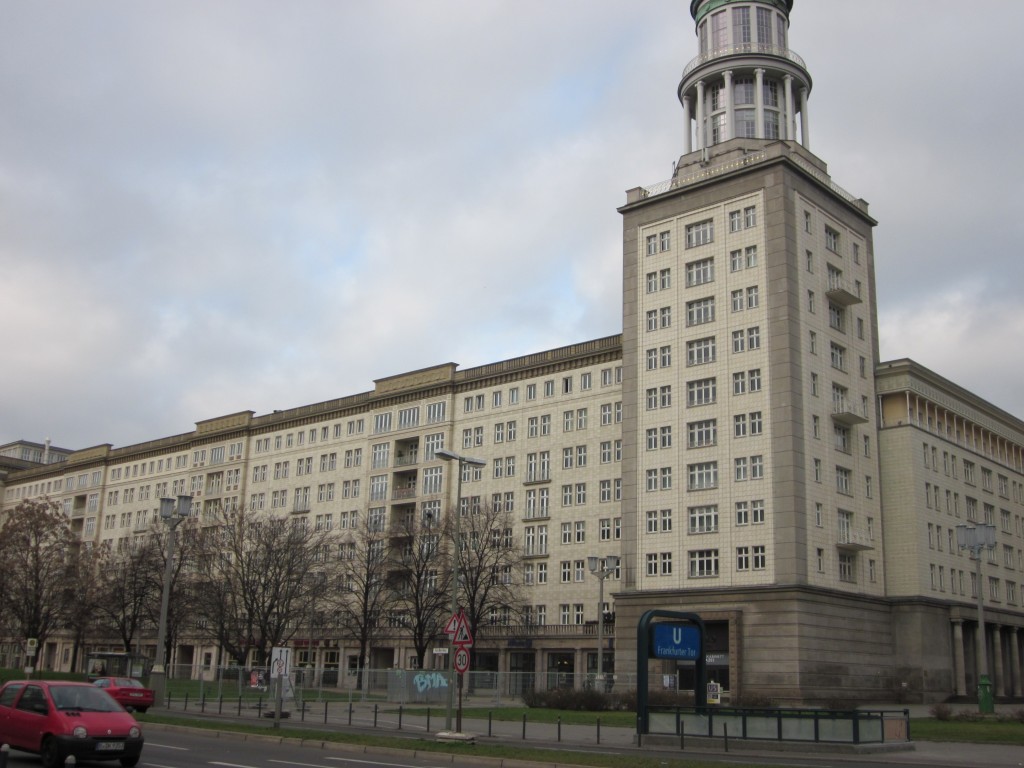
And yes, this is me, unrepentant capitalist under the street sign, still called Karl Marx Allee.

However, what helped me understand even better the character I created of Egon von Klaussen, colonel in the Wermacht, bearer of the Knight’s Cross and, in my novel, one of the conspirators of July 1944, was the character of Berlin. It is indeed one of the great cities of Europe, as it has been before and during the war, dynamic, fast moving, driven by purpose and ambition. But it is a deeply wounded and scarred city, both in body and soul, by the war years, the destruction of the aftermath, and the partition of the city between East and West, and the wall. The city feels like no other the ghostly breath of the millions the war had killed. It is a past that haunts Berliners. No other city in Germany carries these wounds likeBerlin. Every Berliner I spoke with, every conversation, sooner or later turned to the war, to the Nazi years and to the destruction of the city and then its partition. There is a sorrow that hangs over Berlin that will dissipate one day, I know. It is a young city—the majority of its population is young, twenty and thirty-something—and they will eventually bring a new generation that hopefully will move out from under this pall. But this generation, now, still moves under that sorrow and destruction, and death. Even I, a person born after the war, who has never experienced war, and who has lived in sunny California, grew up in the light, felt that heavy shroud of Berlin’s history. It slowed down my step and it weighed on me. A great pity. This quote from Dante came to mind as I walked along the streets, everywhere memorials and monuments to the horror that was the war. I put it on the dedication page of my novel:
And I, looking, saw a banner
which, circling, moved so fast
that it seemed to scorn all rest,
And behind it came such a throng of people
that I never would have believed
that Death could have undone so many
Dante, Canto III, Inferno, The Entrance.
But Berlin is, in its youth, returning to its former spirit and cultural verve. It’s everywhere. The city also gives hope by its rise from ashes. Literally from ashes. Berliners are friendly, open and intrepid. Let me leave you with a few images of today’s Berlin.
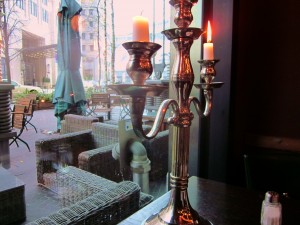
From the window of a restaurant

Christmas Market in Gendarmemarkt
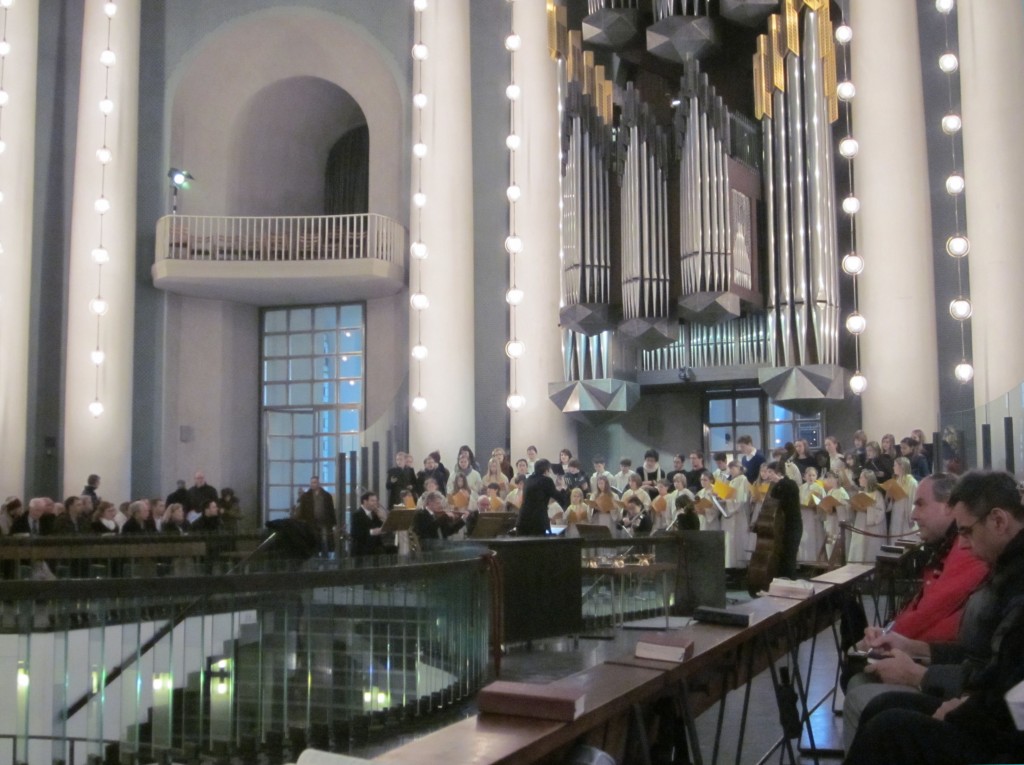
Christmas Mass at the St. Hedwig Cathedral (children's choir)

Midnight Mass at St. Hedwig. Procession.
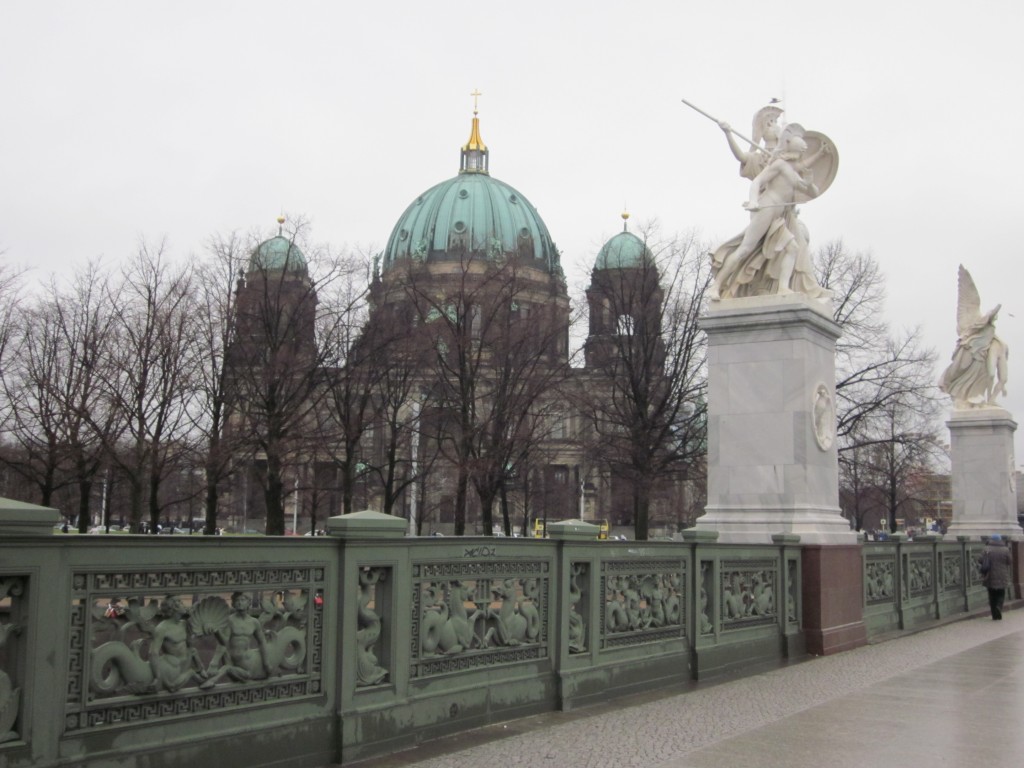
Imperial Berlin

The bear, the symbol of Berlin. This one? Don't ask...
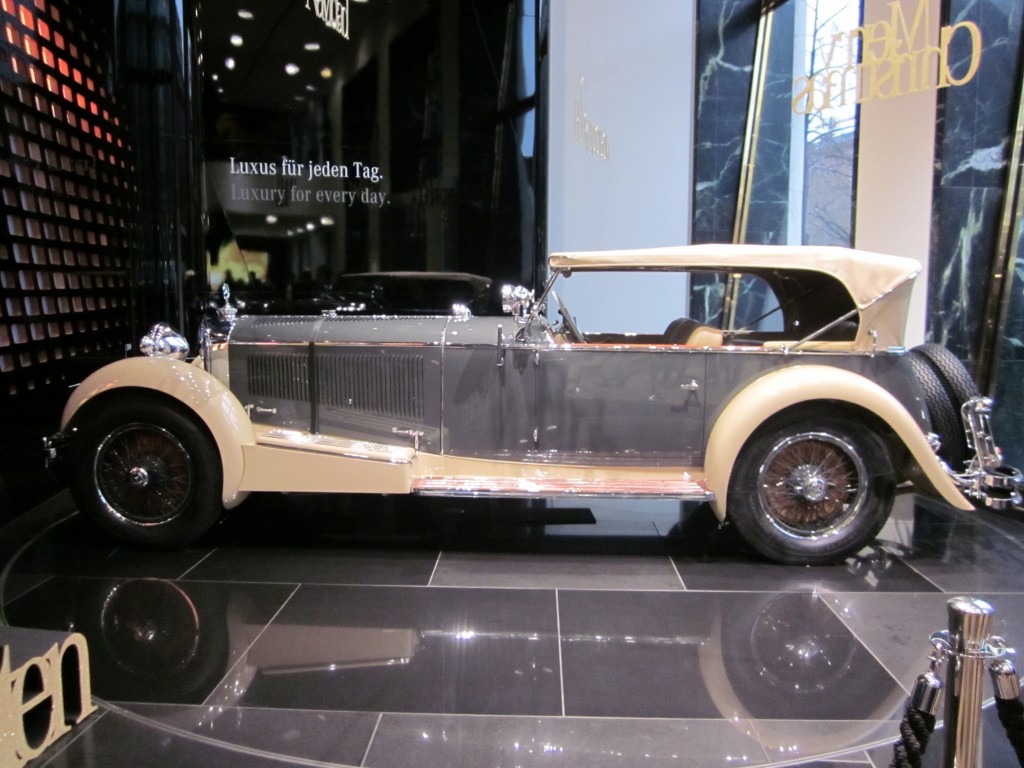
Sweet....
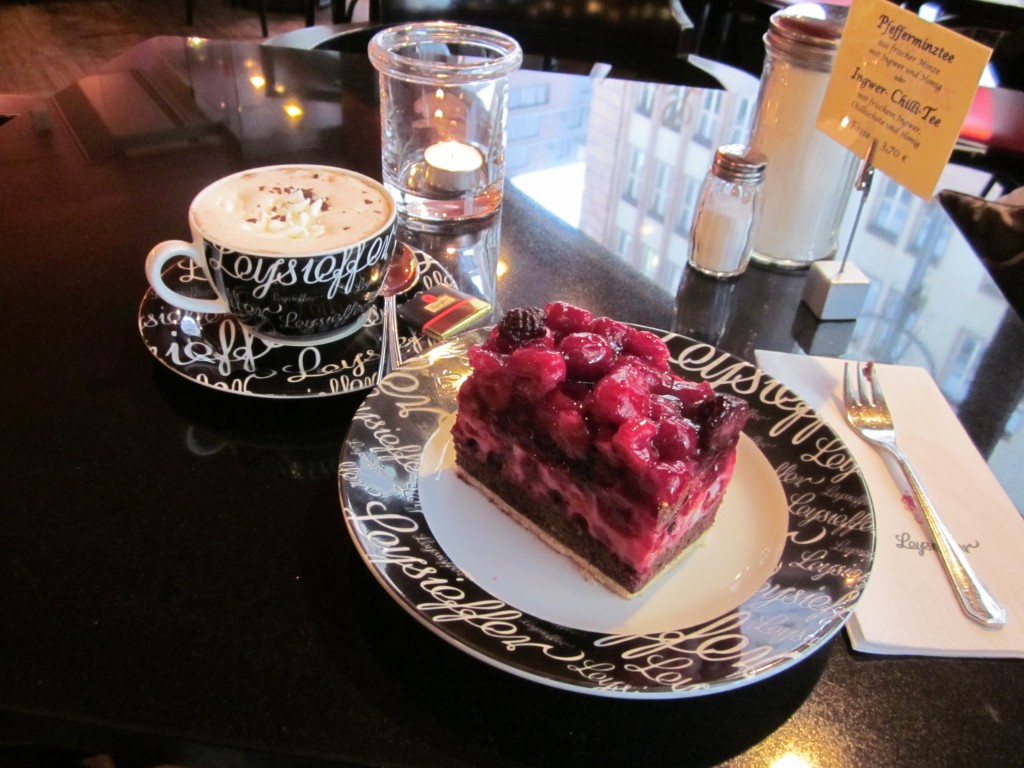
...even sweeter. Hot chocolate with rum and pastry.
One more story (this is IT, I promise).
Between 1964 and 1969 (completed in 1969 if my data is correct) Communist Germany built in East Berlin a radio tower, meant to dominate the skyline of both East and West Berlin, to be seen from everywhere, as a symbol of the Communist ‘glory.’ The ball was covered with mirrored squares, to reflect the gold and more glory of Socialism and such clap-trap. And then, in 1969, it stood proudly in the Berlin skyline. The sun rose and shined into that magnificent ball. Berliners admired it and noticed that the gold reflection of the the sun formed an unmistakeable… cross! With their characteristic biting humor, Berliners promptly called it The Vatican’s Revenge. (Now, doesn’t that sound like a good title for a novel?)
As I walked through Berlin, the sun peeked out for a few minutes and I saw the cross and captured it! (From the East side of Berlin.)
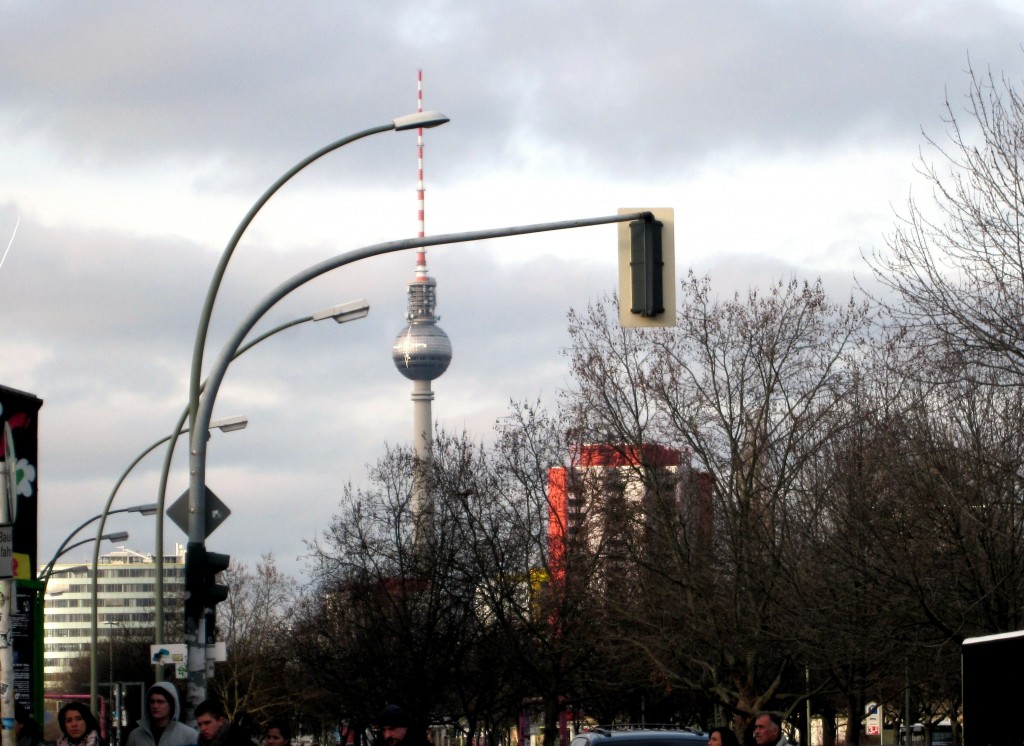
The Vatican's Revenge.

